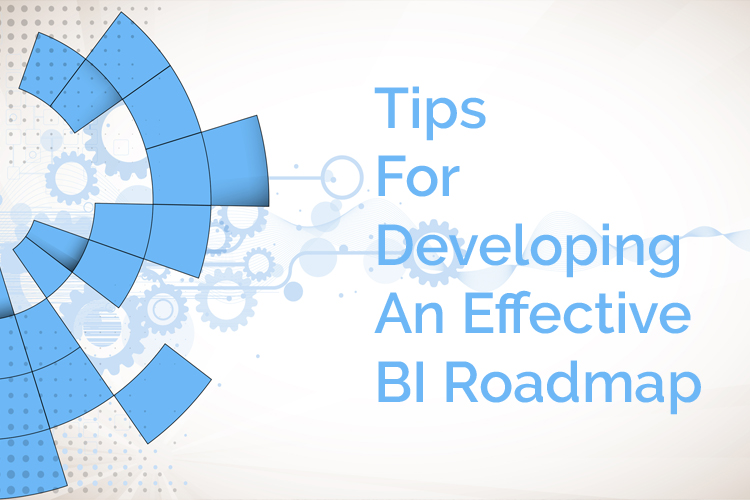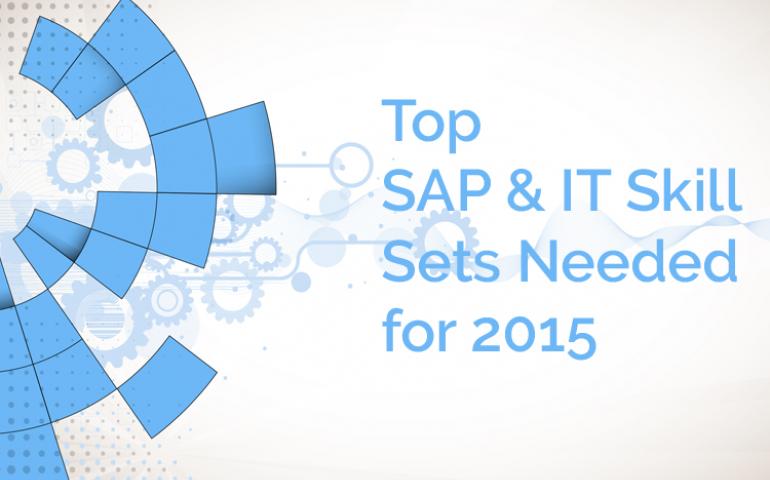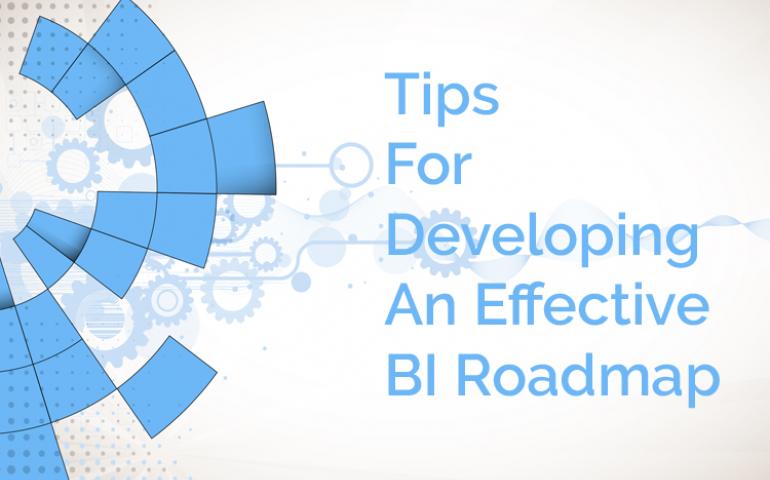Tips For Developing An Effective BI Roadmap
By Sat Kana – BI Practice Lead
Business Intelligence (BI) tools are effective only when they are able to meet the major three key expectations of any business. What are those expectations and how to prepare an effective BI roadmap is what you are going to learn in this blog.
What are the 3 key expectations of businesses from their BI Solution?
Every BI manager must be aware of the 3 most important expectations of any business group. A business expects its BI infrastructure to provide:
- Availability of Data- When does relevant data become useful? When it is readily accessible whenever required. Data being available within a business but not accessible for effective decision making is deemed useless.
- Reliability of Data- Inappropriate data leads to inappropriate decisions. Hence, ensuring data quality is important for effective decision making.
- Completeness of Data- Incomplete data only facilitates partial comprehension of truth. This hinders holistic understanding of data which is crucial for effective decision making.
Therefore, Availability of Data, Reliability of Data and Completeness of Data act like 3 gears which support each other to enhance overall organizational efficiency. They do so by effectively streamlining processes from data delivery to data governance. The explanation is beautifully portrayed in the illustration below-
If the BI Solution fails to do justice to even one of the above 3 aspects, the business fails to take the right decisions. Do you know what makes a complete BI Solution? The right BI tools. However, it is very easy to get confused considering the wide pool of BI tools available. If you want to learn to be able to integrate the right BI tools to enhance your business productivity, contact us to set up a complimentary consultation, we’re happy to help!
You should be now pretty well acquainted with the 3 key expectations your BI solution must meet for effective decision making.
Now let’s understand how BI managers can ensure perfect match with their target organizational goals?
The solution is to develop a BI Strategy or BI Roadmap. This will give your BI activities the required structure and a focus.
What does a Business Intelligence (BI) Roadmap include?
The BI Roadmap includes creating a BI framework. This framework supports not just architectural components but also includes the overall processes and technologies which hold the components together.
Below are the essential tips to develop an effective BI Roadmap:
- Alignment of goals– List down your business goal and IT goal next to each other. Now ensure that the BI or IT goals are in alignment to your organizational objectives.
- Design a “Levels of Analytics” blueprint- Creating such a blueprint is crucial to determine the effectiveness of your current BI architecture. It is an enhanced visual representation of how your business currently accesses data for analysis and reporting; what improvements can or must be made? It will also show you the different data needs across diverse business groups and divisions. In easy words, a Level of Analytics blueprint displays the level and effectiveness of your organizational BI maturity.
Have a look at the below illustration and you will know how valuable it is-
How does the Level of Analytics (LOA) blueprint help your business?
The LOA blueprint is feasibly the most effective and easiest way to help your business grow because:
- You get to know the business problems instantly. Also you become aware of different business groups facing different issues in accessing data for analysis and reporting. In simple terms, the shortcomings of your current BI system are transformed into valuable assets.
- You will easily be able to foresee challenges and risks and instantly develop a contingency plan. This will help you mitigate or evade any losses and add to your organizational revenues.





